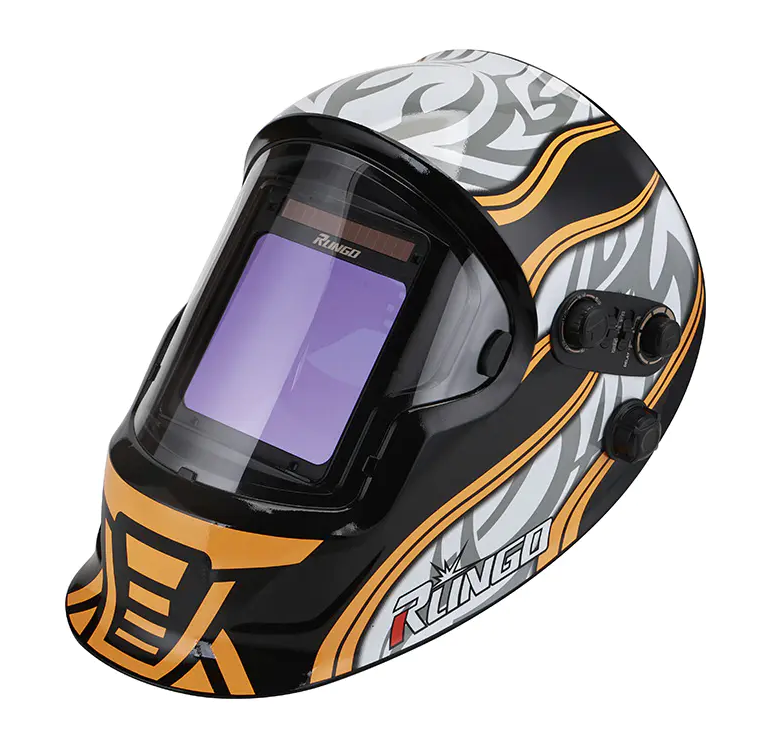The reaction speed of an Auto Darkening Welding Helmet is a critical feature that significantly affects the safety and efficiency of welding operations. This helmet is designed to protect welders from intense light and harmful radiation by automatically adjusting the lens shade when the welding arc is struck. The speed at which the helmet’s lens darkens—commonly referred to as the sensor reaction speed—determines how quickly the welder is shielded from the bright arc and potential eye damage. Understanding how this reaction speed functions and its impact on welding performance is essential for both professionals and hobbyists who rely on this equipment.
Auto Darkening Welding Helmets use specialized sensors to detect the intense light produced by the welding arc. Once the sensors recognize the arc’s light, the helmet’s liquid crystal display (LCD) lens transitions from a light, transparent state to a darkened shade that filters harmful ultraviolet (UV) and infrared (IR) radiation. This change must occur almost instantaneously to prevent the welder’s eyes from being exposed to the bright arc, which can cause “arc eye” or photokeratitis—painful inflammation of the cornea due to UV exposure. The faster the reaction speed, the better the helmet protects the user’s eyes from sudden exposure.
Typically, high-quality Auto Darkening Welding Helmets offer reaction speeds ranging from 1/25,000 to 1/3,000 of a second. A reaction speed of 1/25,000 seconds means the lens darkens almost immediately after the arc is struck, providing near-instant protection. Helmets with slower reaction times may leave the welder momentarily vulnerable to intense light, increasing the risk of eye strain and long-term damage. Therefore, when selecting a welding helmet, paying attention to the sensor reaction speed is crucial for ensuring maximum eye safety during every weld.
Besides safety, the reaction speed also impacts welding efficiency and comfort. A helmet with a rapid sensor response allows the welder to work continuously without frequent interruptions or adjustments. It eliminates the need to manually flip the helmet up and down or anticipate the arc strike, making the process smoother and reducing fatigue. Quick darkening enables welders to maintain better control and precision, especially during complex tasks that require close attention to detail.
Factors that influence the reaction speed include the quality of the sensors, the LCD technology used, and the helmet’s overall design. Advanced helmets may incorporate multiple sensors to detect light from various angles, ensuring consistent and fast response regardless of the welder’s position. Additionally, helmets with adjustable sensitivity settings allow users to customize how quickly the lens reacts based on the welding environment and technique, enhancing both protection and usability.
It is also important to note that reaction speed can be affected by battery condition in battery-powered helmets. Low or aging batteries may slow down the lens’s transition, potentially compromising safety. Therefore, maintaining the helmet by regularly checking and replacing batteries or opting for solar-assisted models can ensure consistent reaction performance.
Product Features
1. Power Indicator
- Continuous Operation: The helmet’s power indicator alerts users when battery levels are low, ensuring work isn't interrupted by unexpected shutdowns.
- Battery Management: Helps users effectively manage battery replacements, preventing disruptions during critical tasks
2. Solar Panel Integration
- Eco-Friendly Power: The solar panel extends battery life, minimizing the need for replacements and offering an energy-efficient solution for extended use.
3. Liquid Crystal Filter
- Quick Response Time: The advanced liquid crystal filter responds to light changes in under 1/10,000 seconds, protecting from sudden light flashes.
